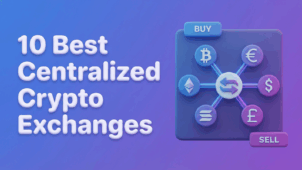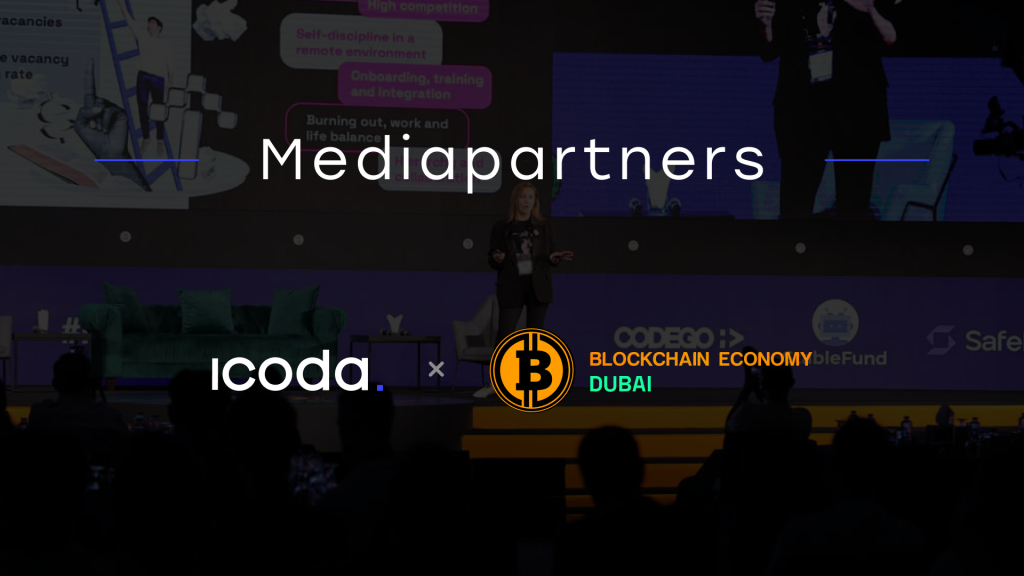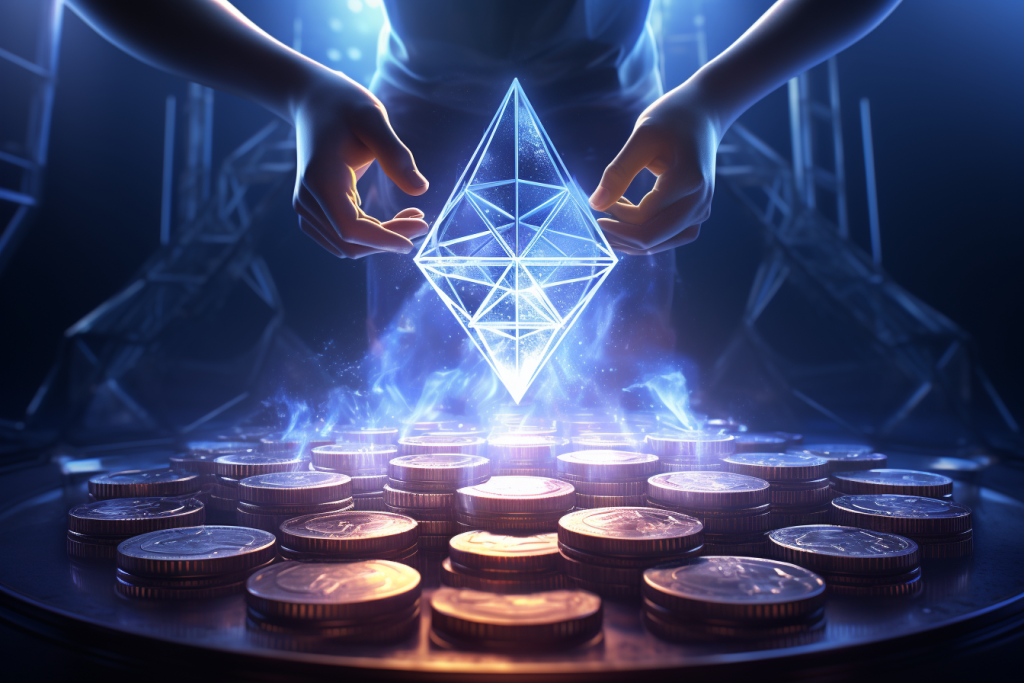share
Web3 is certainly among the main buzzwords today. More and more Web3 projects appear on the market every day, making the competition fiercer and more ruthless.
In these conditions, it is very important to understand the peculiarities of marketing in the new environment. After all, Web3 is a truly revolutionary concept, and it not only changes how the Internet works but also makes changes to marketing strategies necessary.
What is Web3?
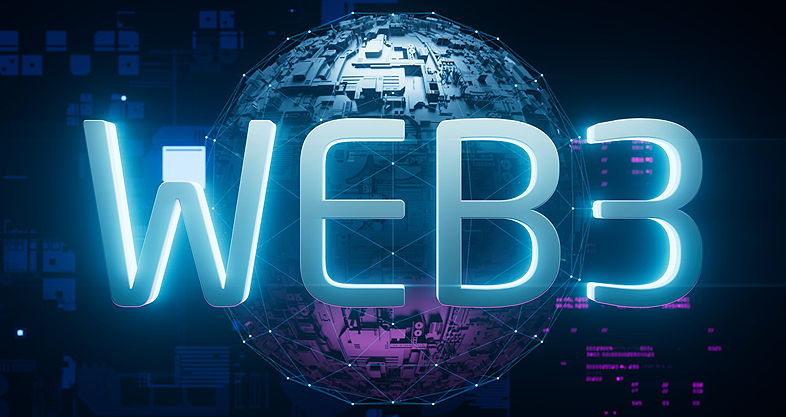
Web3 is a new approach to Internet architecture that is currently gaining momentum across the globe. While it is currently in its infancy and not widely used yet, its impact is already felt across the entire World Wide Web.
Web3 is sometimes called the “Decentralized Web” since the main idea behind it is to make the Internet decentralized and user-controlled.
Currently, the overwhelming majority of data is stored on servers in huge data centers belonging to large corporations. Despite the fact that Web 2.0 (the current iteration of the Internet) relies heavily on user-made content, the users don’t have any actual control over said content and access to it.
Naturally, a lot of people are not satisfied with this status quo, so it was only a matter of time before an alternative solution appeared.
Web3 decentralizes the Internet. Instead of a few servers in a handful of data centers, the information is stored on thousands upon thousands of individual devices across the globe, with plenty of reserve copies of every bit of data. Moreover, in Web3, it is the user who decides what information they see, not the server owners.
Key Features of Web3

Web3 ensures the ubiquity of data and its decentralization.
Each feature will impact both the Internet as a whole and marketing strategies in the Web3 environment, so it is worth it to look a bit closer.
Ubiquity
Web3 makes information ubiquitous – available anywhere, on any device, and via any application.
This is a response to the ever-growing number of internet users worldwide and the even faster-growing number of devices relying on the Web to function. The Internet-of-Things concept also relies on the proliferation of Web3 to be viable.
Thus, easy access to information across the Web will become paramount in the near future.
Decentralization
Currently, every bit of data is usually stored on one server. Naturally, there are sometimes duplicates of said data on multiple servers across the network, but it is by no means guaranteed. Thus, it is very much possible that some information on the traditional Internet will go missing. Or, at least, it will become not readily available.
Decentralization, on the other hand, provides a plethora of advantages over centralized systems.
Increased Security
Elimination of a single point of failure greatly reduces security risks.
Moreover, without centralized data servers, there will be no need to transfer authentication data to third parties, which will reduce the risks even more.
Increased Reliability
Information will no longer be lost due to technical issues in data centers. Malware, fires, hardware failures – no level of destruction will be enough to make information inaccessible.
Elimination of Censorship
The decentralized information storage and ubiquitous access to it will eliminate the risk of blocking and censorship. Be it on the part of governments or corporations.
Web3 and Blockchain

Blockchain is the cornerstone of Web3 today – you’ll be hard-pressed to find a project in this sphere that doesn’t use blockchain as its major component.
The very purpose of blockchain is the decentralization and elimination of single decision-making bodies. It is the best technology for distributed data storage and building decentralized networks.
Moreover, there is no better technology to ensure data security, especially with tens of millions (or even billions) of devices connected to the network. It is no wonder that most Web3 projects are powered by smart contracts.
And finally, the blockchain and crypto community has similar values to Web3 proponents. Often they are the same people.
Naturally, this also influences marketing strategies, and the best Web3 marketers can usually be found in agencies specializing in blockchain project development and promotion, like ICODA.
What Is the Difference Between Web3 and Web 3.0?
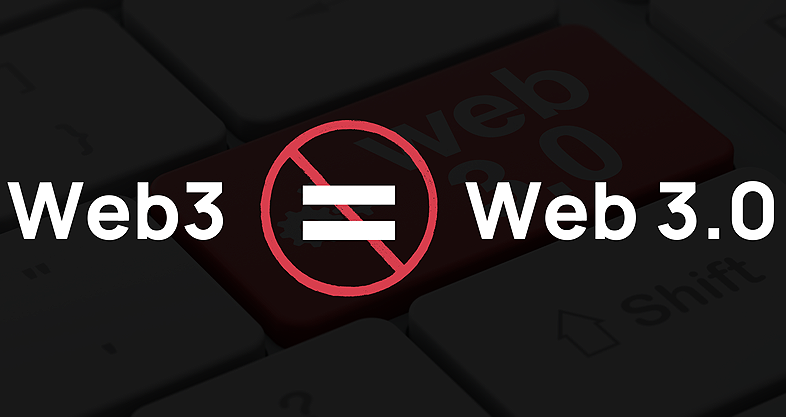
You can see both Web3 and Web 3.0 used on the Web. Moreover, an impression could easily be formed that Web3 and Web 3.0 are the same since both are often used interchangeably.
People don’t even pay attention to the fact that Web3 is usually referred to as the “decentralized web” and Web 3.0 – as the “semantic web.”
However, it is entirely incorrect. Despite similar names, Web3 and Web 3.0 have fundamental differences that make them altogether different concepts that actually don’t have that much in common.
Web3 – It’s All About the Fundamentals
As we have mentioned already, the key feature of Web3 is decentralization.
This concept changes the very foundation of the Internet – the infrastructure for data storage and the regulating of access to said data.
Moreover, Web3 changes the power dynamic of the World Wide Web, with users effectively gaining control over the network.
However, while these changes are immensely important, they are not so noticeable since most of them happen “under the hood” and are not immediately visible to a wide audience, unlike Web 3.0.
Web 3.0 – “Web 2.0, but Better”
The key feature of Web 3.0, or the so-called “semantic web,” is the reliance on artificial intelligence and the active use of virtual reality technologies.
Reliance on AI

AI is what gives Web 3.0 the “Semantic Web” moniker. It provides We 3.0 with a set of technologies, approaches, and solutions that help humans and computers to establish more efficient communications than ever.
First, AI using Natural Language Processing (NLP) technology will understand user requests better than any modern search engine. So you’ll get more accurate responses to your requests and get them faster.
Second, AI will help to structure and optimize access to data across the world, so less bandwidth will be required for the same volume of data. This will greatly facilitate the development of Internet-of-Things and information ubiquity.
Virtual Reality Proliferation

VR technologies enable great leaps in UX development and can help turn the World Wide Web into a 3D environment that will be much more immersive and intuitive than it is now.
Virtual reality stores are already a thing. In Web 3.0, they will be the norm.
However, while Web 3.0 advancements are hard to overestimate, they are not as groundbreaking as what Web3 does with the Internet. After all, Web 3.0 just improves on the already existing concepts and solutions, refining them and making them ubiquitous.
How To Do Marketing for Web3?
We see that Web3 is a promising but challenging environment for digital marketing. But what approaches are the best to take in order to ensure success?
Data Is the Key
In the user-focused environment, data used to analyze users’ behavior and needs becomes both more important and harder to get at the same time. Without accurate and relevant data, it is impossible to make correct content marketing decisions,
So it is paramount to use all the available methods for obtaining customer data and not hesitate to develop new data collection strategies.
However, always respect users’ privacy and make sure to communicate this respect to your audience. Not only because this is the right thing to do but also for purely cynical reasons – in the new transparent environment, it would be virtually impossible to get away with violating users’ privacy.
Embrace Blockchain
The role of blockchain technology will gradually increase with the development and proliferation of Web3. It is already obvious that blockchain will be a core technology of the new era of the Internet.
In other words, it is impossible to remain competitive in digital marketing without understanding and embracing blockchain.
- Study blockchain technology. It is a huge and rapidly evolving space that always has more for you to learn and study. Keep in touch with the recent trends and solutions applicable to your business. And keep an eye out for what your competitors are up to, of course.
- Integrate blockchain into your business processes. Payment processing, NFTs, supply chain tracking, data protection – there are plenty of blockchain solutions and their combinations that can benefit any business.
ICODA is ready to provide you assistance in incorporating existing or developing proprietary blockchain solutions for your business in a reasonable time and without excessive expenses and technical risks.
But what capabilities for marketing does blockchain actually provide?
Tokenization of Marketing
Issuing branded tokens for users to purchase your products at more favorable rates is a great way to both improve brand awareness and attract new users.
You can also make branded tokens a part of your loyalty program – after all, the better the users can leverage the tokens they hold, the more incentive they have to engage with your brand and products.
As an added bonus, tokenization also helps with monitoring the effectiveness of the program and its separate elements.
Gamification
Tokenization and, especially, incorporating NFTs enable gamification of loyalty programs and other interactions of users with your products.
Turning mundane experiences into fun and engaging ones is an effective way to ensure user retention.
NFT Marketing

NFTs have become a staple of modern digital marketing, with many famous brands entering the market with their own NFT collections with various results.
For example, using NFT collections for limited-edition campaigns and collaborations with artists and other celebrities is a well-proven method of promoting brands.
However, NFTs can be much more than an element of branding. NFTs can have great utility, such as access keys to exclusive content. You can also issue personalized non-fungible tokens for customers, attach an NFT to every product, or use tokens as an element of a loyalty program – there are plenty of options.
You can learn more about NFT marketing here.
Transparent Governance
Transparency is valued incredibly highly by the audience in the Web3 environment. Blockchain technology allows your users to participate directly in the project’s governance and allows you to demonstrate it.
This way, your audience not only gets proof of your transparency and integrity but also the feeling of ownership and involvement in your brand.
Develop Your Brand
Web3 grants plenty of new tools designed to increase the audience’s awareness of your brand. In addition, since it is end-user focused to the extreme, brand awareness becomes even more important than in more traditional Web 2.0 marketing.
This is due to the fact that in Web3, users have much more influence over what content they are actually shown. Thus, brand awareness and a good reputation are extremely important. If users know and recognize your brand, they are more likely to “give it a pass” and not disable it for them.
We will talk about Web3 branding further down the line.
Maintain Your Reputation
It is very difficult to mitigate negative publicity or “fix” any marketing mistakes. If the user has any pre-established negative opinion of your brand, they, most likely, will simply never see your content.
It is also impossible to erase any information in the Web3 decentralized environment and very difficult to control its spread. Web3 will literally remember your every mistake and will always be ready to remind both you and the audience about it.
Since Web3 marketing mistakes are extremely costly, it is very important to rely on professionals like ICODA. We have extensive experience in Web3 and blockchain marketing, and our specialists know what they are doing.
Always Stay Ahead of the Curve
Web3 is synonymous with innovation, and this is not going to change in the foreseeable future. It evolves constantly and rapidly, both in technical terms and in the practices used by Web3 market participants.
Thus, it is very important to always stay up to date with the current trends in Web3 marketing and integrate them into your processes and strategies as quickly as possible.
Remember, your competitors are not idle!
Fortunately, Web3 makes incorporating new trends and experimenting easier than ever. The cost of innovations is relatively low in Web3 today.
Lean on Web 3.0 Elements
As it was already mentioned above, a lot of companies integrate Web 3.0 elements into their Web3 products. There is a very good reason for that – it works.
Web 3.0 solutions provide a better user experience and make your product more attractive. You can make your own branded online store a true 3D environment and easily make sure that the visitors will never forget the experience.
Don’t Neglect Web 2.0 and Social Media
Web 2.0 tools are still relevant for Web3 marketing. It is especially true for social media platforms – it wouldn’t be wise to consider them obsolete in the new Web 3.0 era.
On the contrary, social media marketing is more important today than ever – it has a great impact on the entire blockchain industry and, by extension, the Web3 industry.
Moreover, social media sites are among the first major corporations to incorporate blockchain technology and Web3 elements in their operation. So it is unlikely that they will give up their dominant position any time soon.
What Should WEB3 Branding Be Based On?
Branding is a crucial component of Web3 marketing. However, it is necessary to take into account trends and requirements of the new Internet environment in your Web3 branding strategy.
Innovation
This is rather obvious – nowadays, you’ll be hard-pressed to find a better way to present your business as innovative and future-thinking than to embrace Web3.
Flexibility
The Web3 landscape is fluid. Thus, it is the norm in the industry to adjust branding on the fly based on the feedback from your target audience.
Transparency
The key point in the attractiveness of decentralized solutions among the audience is transparency. And Web3 is no exception.
If you offer a Web3 product, the audience expects you to show as much honesty and transparency as it is technically possible.
User Agency
Web3 gives power over the Web to the audience. And users love it.
Decentralized technologies grant you the power to give users agency – up to and including relying on decentralized autonomous organizations for decision-making.
How To Develop an Effective Web3 Marketing Strategy?

Web3 marketing strategy development is a complicated process requiring significant technical knowledge and an understanding of up-to-date digital landscape and trends. Especially if Web 3.0 are integrated as well.
It is also a great novelty, so the pool of people with relevant experience in Web 3.0 marketing is fairly limited. So it can be rather difficult not only to develop an effective strategy in-house but also to find specialists on the market.
ICODA is among the pioneers of Web3 marketing with unmatched experience in promoting Web 3 and blockchain projects as well as integrating Web 3.0 elements into the business processes of different companies in various market segments.
Our team, with varied skills and expertise in all aspects of Web3 and Web 3.0 development and marketing strategies development, is ready to help you turn your company into a leader in innovation and grant you a huge competitive advantage.
We are always at the forefront of digital marketing!


